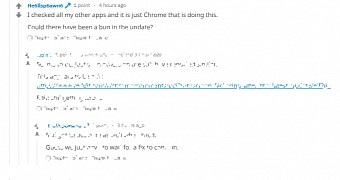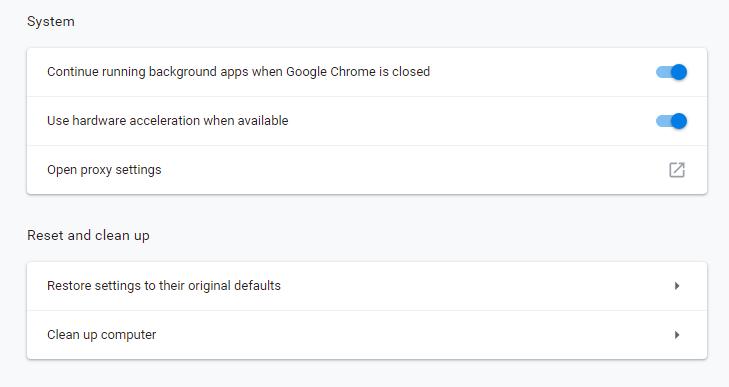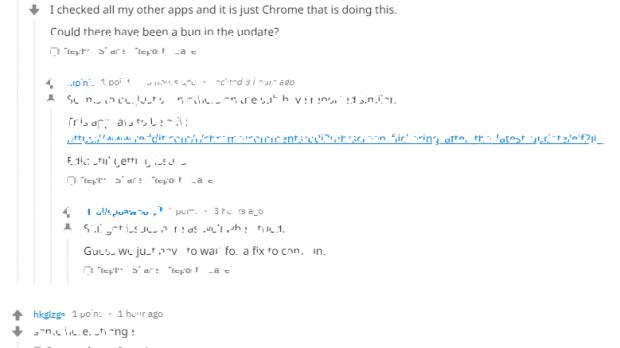The latest version of Google Chrome is causing an unexpected bug on some devices, with fonts no longer rendered correctly on a number of pages.
For the time being, however, the amount of information on this problem is pretty limited, but judging from posts online, it happens to more than just a handful of users.
At this point, it looks like there are two different behaviors that occur, in almost every case on Windows.
First, some users claim that any piece of text looks scrambled on the screen, regardless of the website. Refreshing doesn’t seem to make any difference, though this bug only appears randomly.
And then, there are users who explain that fonts experience some sort of flickering on a mouse hover, and once again, everything happens randomly with no clear pattern to reproduce the bug. Also, the issue comes and goes, so while the fonts appear to be broken on a specific website, everything could work just fine a few minutes later.
By the looks of things, the whole thing is experienced after the update to Google Chrome 73, which was released by the search giant earlier this week. And while many prefer to go back to Chrome 72 and wait for a fix, others are trying another workaround that seems to temporarily resolve the issue.
This workaround comes down to disabling hardware acceleration in Chrome, and while it appears to indeed repair the problem, it obviously affects the performance of certain websites that require hardware acceleration. So yes, you might solve one issue but end up creating another, so it’s up to you to decide if it’s worth trying it out.
Disabling hardware acceleration in Google Chrome is pretty simple because Google has added dedicated options in the settings screen to let you do this.
So after launching the browser, follow this path to reach the option:
Google Chrome > Settings > Advanced settings > System > Use hardware acceleration when available
For the time being, however, Google is yet to acknowledge the problem, and an ETA as to when a fix could be shipped isn’t available just yet.
Obviously, there’s also the option of switching to a different browser until Google releases a patch, and as many power users know already, there are plenty of Chromium-based browsers out there. I personally recommend Vivaldi, not necessarily as a temporary alternative to Google Chrome, but as your daily driver.
Google Chrome continues to be the number one desktop browser on the market with a share that exceeds 65 percent, which means that more than 6 in 10 PCs out there run the application.
This is why the potential impact of bugs like this one is pretty huge, even though every time such a problem is discovered, it’s nearly impossible to determine how many users are affected.
Google Chrome 73 comes with several major improvements, including a dark mode for macOS users. However, judging from most of the reports that I’ve seen so far, the buggy fonts are only encountered on Windows and not on the other desktop platforms.
The issue doesn’t seem to be tied to the Windows version that’s installed on the device, though most of the complaints that I found online pointed to Windows 10 as the operating system powering the system where Google Chrome was running.

 14 DAY TRIAL //
14 DAY TRIAL // 



